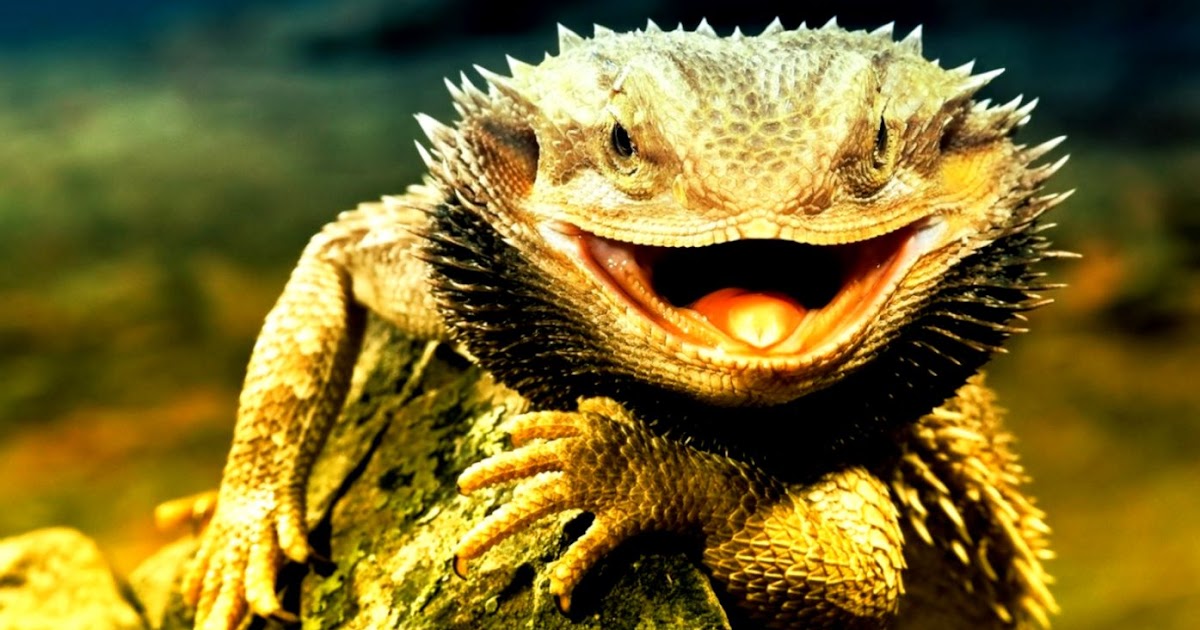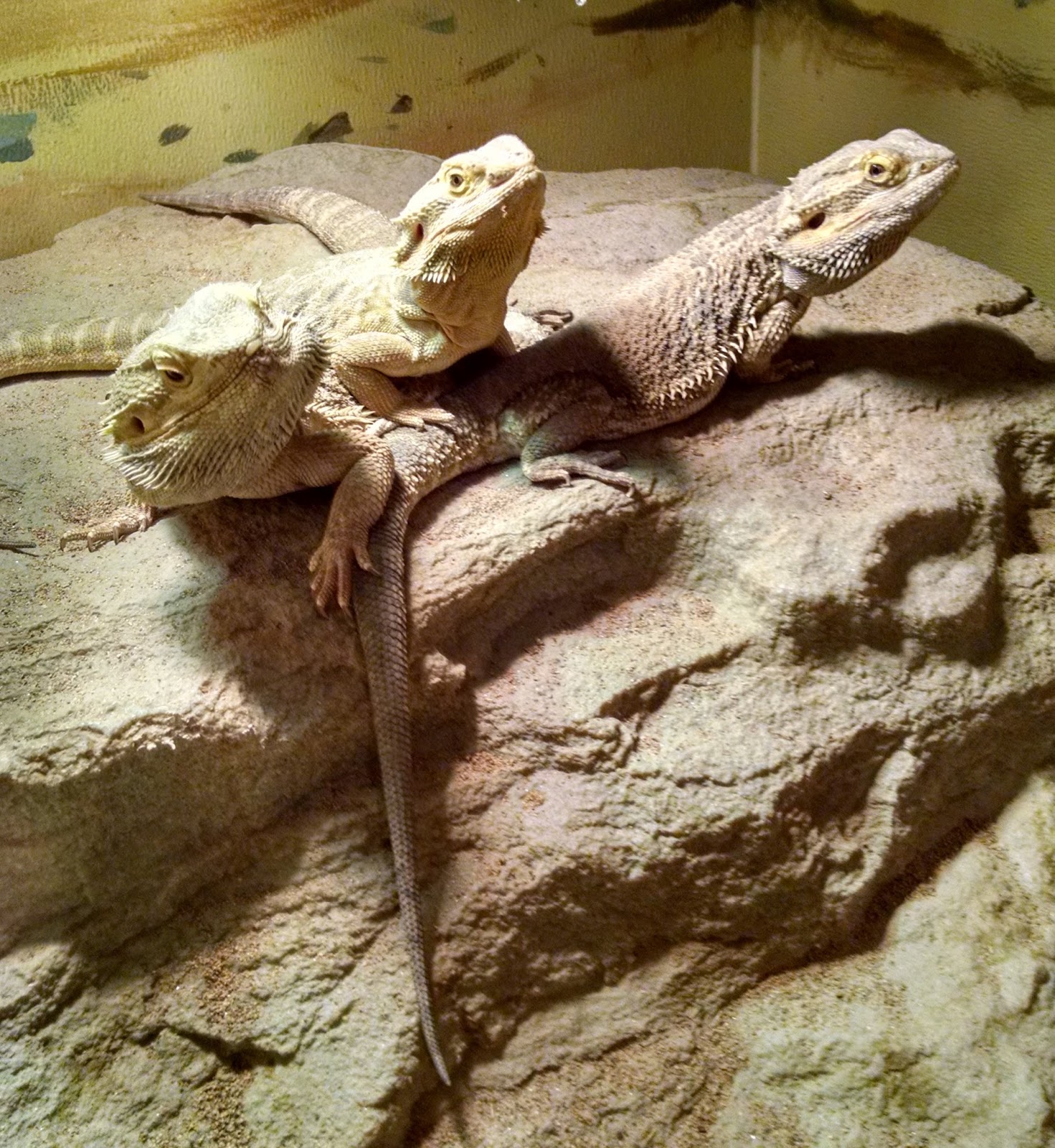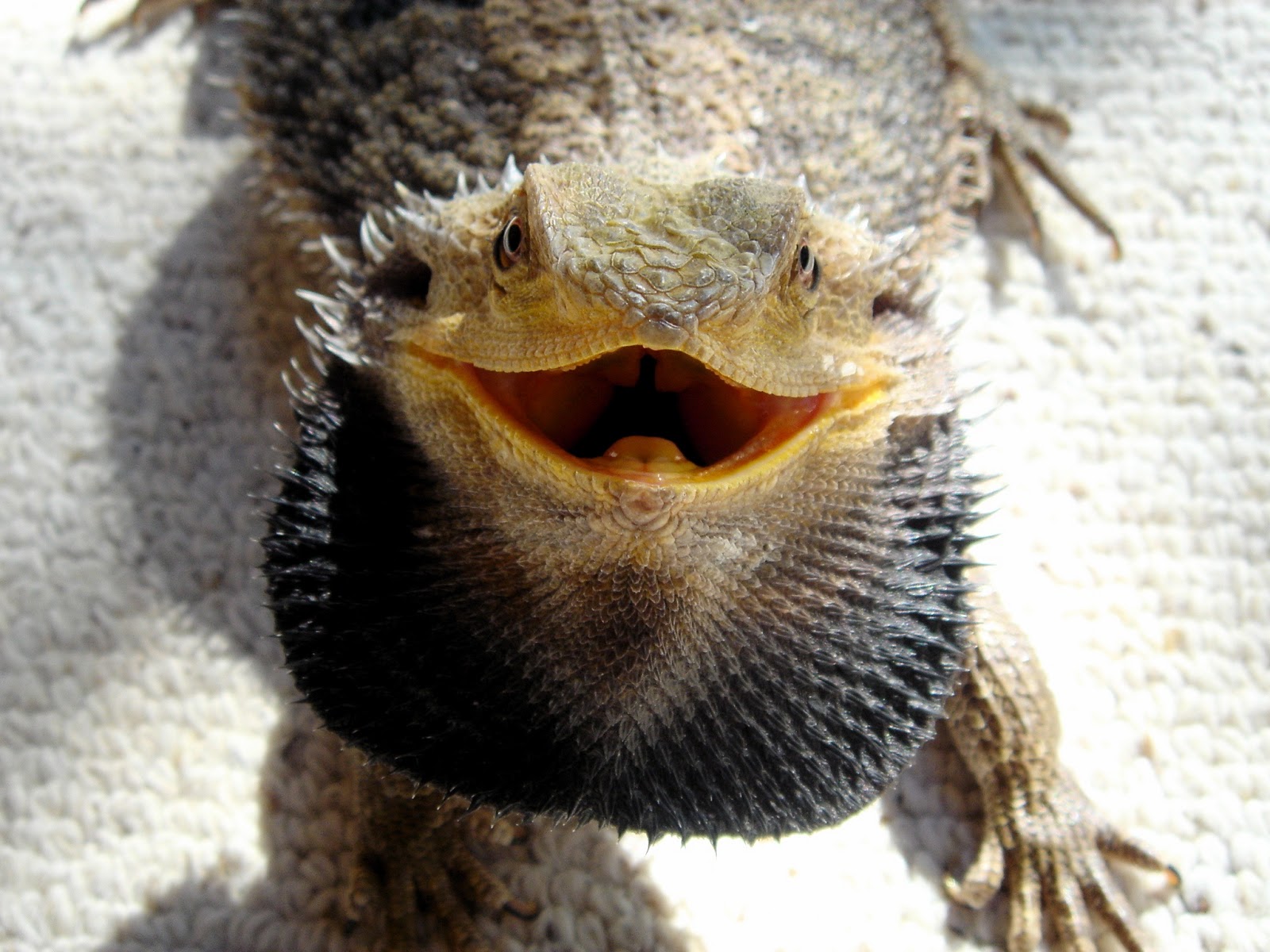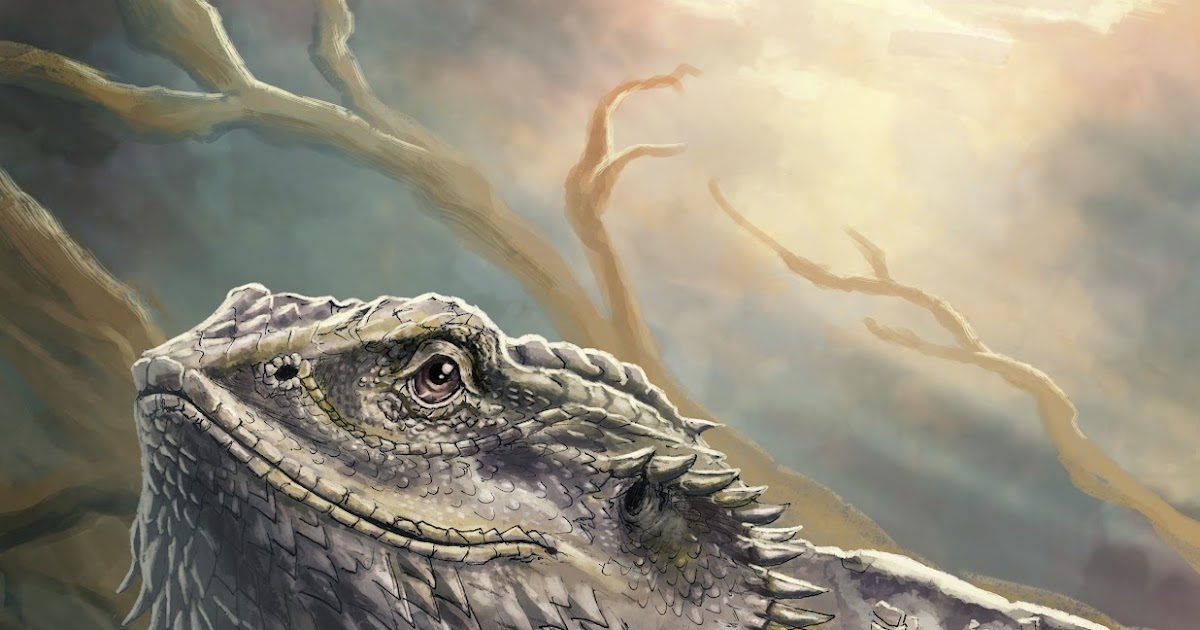What You Need to Know About Bearded Dragon Dragons: The Ultimate Beginner's Guide
Introduction
Have you ever considered getting a Bearded Dragon as a pet? They are social, hardy, and friendly, making them a popular choice for reptile enthusiasts of all experience levels. However, there are some things you should know before bringing one home. In this Ultimate Beginner’s Guide, we will cover everything you need to know about Bearded Dragon Dragons.
Bearded Dragon Dragons: What Are They?
Bearded Dragons, or Bearded Dragon Dragons, are medium-sized lizards that are native to Australia. They get their name from the spiny beard-like scales that sit under their chin that can puff up when they are feeling threatened.
Bearded Dragons are diurnal, which means that they are active during the day and sleep at night. They are social animals that thrive on interaction with their owners, and they have unique personalities that make them fun to be around. They are also relatively easy to care for and are an excellent choice for beginners.
Housing
Bearded Dragons require a spacious enclosure to ensure that they have enough room to move around and explore. A minimum of a 40-gallon tank is recommended for one Bearded Dragon, but the bigger, the better. Your enclosure should be equipped with a basking area, a cool zone, a hide, a water dish, and plenty of substrate.
The basking area should be heated with a heat lamp, which will provide ample heat for your Bearded Dragon to bask in. The cool zone should be located on the other end of the enclosure and should be kept at a cooler temperature than the basking area. The hide should be a place for your Bearded Dragon to retreat to if they feel threatened or stressed.
The substrate you choose will depend on your preferences and the needs of your pet. Some popular choices include reptile carpet, paper towels, or coconut fiber. Be sure to avoid substrates like sand, which can be ingested by your Bearded Dragon and cause impaction.
Food
Bearded Dragons are omnivorous, which means that they eat both plants and animals. A balanced diet for your Bearded Dragon should include a mix of vegetables, fruits, and insects. As a general rule, feeding your Bearded Dragon a variety of foods will ensure that their nutritional needs are met.
Some popular vegetables to feed your Bearded Dragon include collard greens, mustard greens, and squash. When it comes to fruits, you can feed them apples, bananas, and blueberries in moderation. Insects should make up the majority of your Bearded Dragon’s diet and can include crickets, mealworms, and dubia roaches.
Handling and Interaction
Bearded Dragons are social animals that thrive on interaction with their owners. They are relatively docile and easy to handle, making them an excellent choice for beginners. When handling your Bearded Dragon, be sure to support their entire body and avoid picking them up by the tail, which can cause injury.
It’s also essential to give your Bearded Dragon plenty of time to adjust to their new environment before handling them. A stressed Bearded Dragon can be more difficult to handle and may be more likely to bite or lash out. Additionally, be sure to wash your hands before and after handling your Bearded Dragon to prevent the spread of bacteria.
Health Concerns
Bearded Dragons are generally healthy pets, but there are some health concerns that pet owners should be aware of. A healthy Bearded Dragon will have clear eyes, a healthy appetite, and will be active during the day. Signs of illness may include lethargy, loss of appetite, and respiratory distress.
Some common health issues that Bearded Dragons can experience include metabolic bone disease, impaction, and respiratory infections. Regular veterinary check-ups can help to catch any potential health issues early on and ensure that your Bearded Dragon is healthy and thriving.
Conclusion
Bearded Dragons make excellent pets for beginners and experienced pet owners alike. They are social, hardy, and easy to care for, making them a popular choice among reptile enthusiasts. By following the tips outlined in this Ultimate Beginner’s Guide, you can ensure that your Bearded Dragon is healthy, happy, and thriving in their new home.

.jpg)






